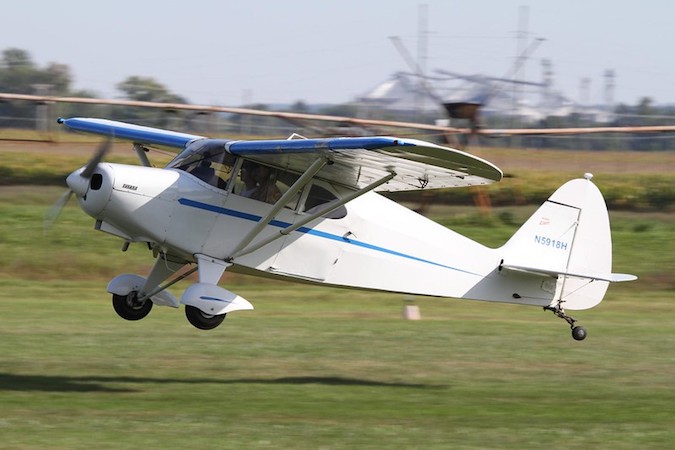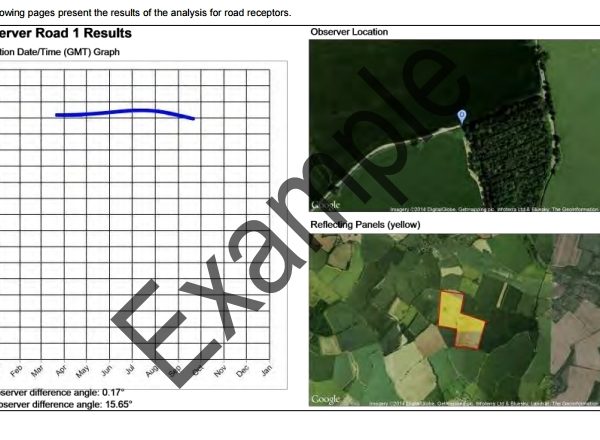Introduction
Pager Power has been a leading provider of glint and glare analysis relating to solar developments for over a decade. As a comparatively new concern, the guidance around this topic is disparate and often vague. The most comprehensive guidance across the board within the industry relates to safeguarding aviation interests, largely due to this being one of the first sectors to flag this as an impact [1].
Most of the available guidance does not delineate between airport type or size when it comes to the issue of how impacts are to be assessed. One of the more recent trends within the industry is a sharper focus on glint and glare safeguarding criteria for General Aviation (GA) when solar developments are located near licensed and unlicensed GA airfields specifically.
The latest considerations and evidence regarding this specific area will be used to update Pager Power’s glint and glare assessment scope and ensure solar developments will not affect flight safety when near a GA airfield. Pager Power was among the first to publish a formal position and recommendation regarding standardised methodology in 2017, and this has been continuously revised as the industry matures and evolves – the latest issue of our current guidance can be found here.
 Figure 1: GA aircraft on take-off. [2]
Figure 1: GA aircraft on take-off. [2]
Updated Requirements
The methodology historically applied for assessing glint and glare towards all licensed and unlicensed aerodromes is to include the ATC Tower and the final approach paths at a single approach angle. This methodology is used by Pager Power routinely for assessing solar developments in the UK and internationally.
The most common talking points relating to GA is the potential requirement to consider different approach angles and paths towards a runway threshold, instead of a single approach with a single approach angle. This is because GA aircraft using unlicensed airfields do not typically follow a straight approach at a single angle; therefore, the single approach is not indicative of the potential effects towards all approaching aircraft.
The second most common area of discussion in the last several months or so is assessment of the specific operations, such as visual circuits, for each aerodrome. This is because GA aircraft will follow unique visual circuits at each aerodrome and each runway, all with varying operational significance.
Next Steps
Pager Power is currently developing a more standardised scope for GA airfields when a solar development is proposed nearby. The aim remains as it has been since the inception of our guidance document: for the scope to cover the most common potential concerns from a safety perspective. This must remain in step with the considerations required by stakeholders and planning authorities alike.
In the meantime, if developing a solar development near an unlicensed aerodrome, the most conservative approach is to undertake early consultation with the airfield or relevant stakeholder to confirm their specific requirements.
About Pager Power
Pager Power undertakes technical assessments for developers of renewable energy projects and tall buildings. For more information about what we do, please get in touch.
References
[2] D. Miller (Sept 2011) on flickr.com. Last accessed on 19th December 2022. Available at: https://www.flickr.com/photos/fun_flying/6156185721



